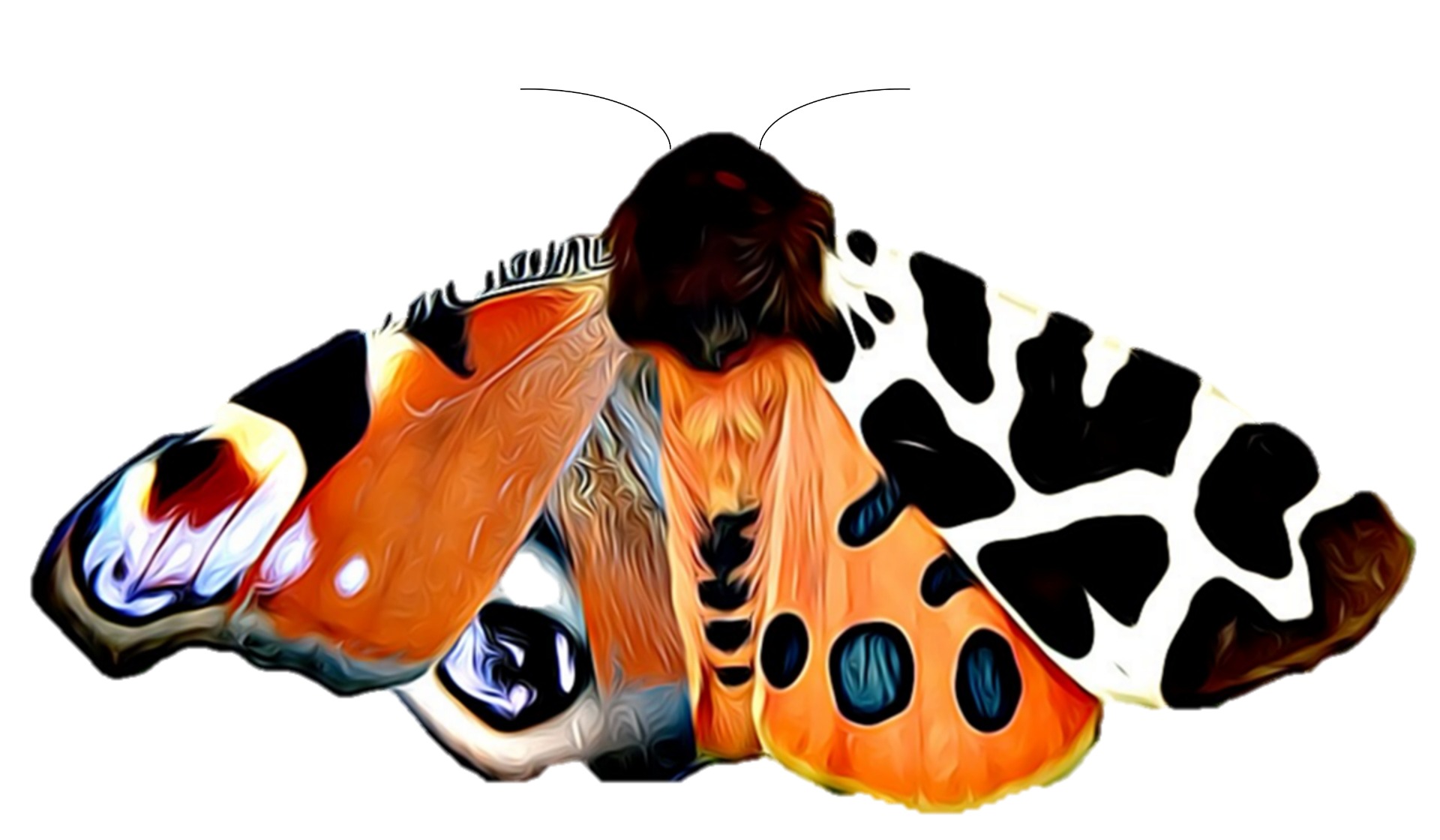Galleria mellonella, the greater wax moth
As the founding scientist of Really Clever, I have set out in the scientific foundations of our company that we should take advantage of all aspects of mycology and biology as a whole, to advance our mission to create sustainable products accessible to all. Fungal-insect interactions are a significant area of research, with relevant potential applications in biotechnology. And not just in the examples that come first to mind - i.e. in developing less environmentally-damaging insecticides, biological control of insect pests, etc. Studying fungal-insect interactions and the molecular biology/biochemistry underlying them can also reveal insights applicable to human disease, conservation, and general fungal culture and reproduction.
The G. mellonella caterpillar, a pest of bee hives, is a great example of a model species: one that can be taken into the lab and used for a broad range of scientific investigations. It is convenient that its genome has been sequenced in full, and it can easily be reared and experimentally manipulated (including by injections). For example, G. mellonella caterpillars have even been used to study fungal pathogens of humans including Candida albicans, Aspergillus fumigatus and Paracoccidioides spp - even though these species are not thought to infect G. mellonella in natural settings.
